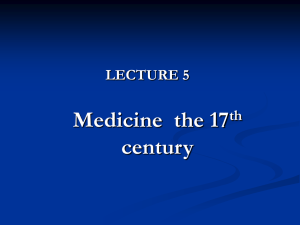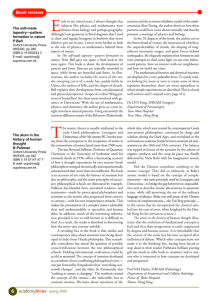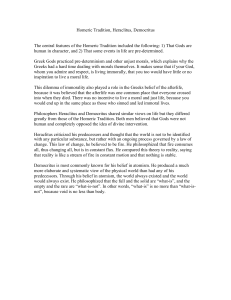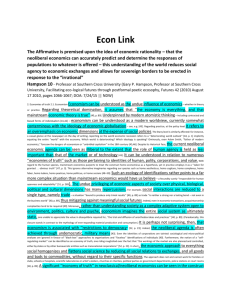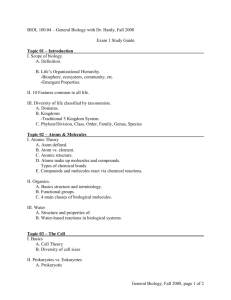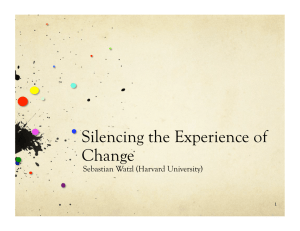What is the Fundamental Unit of Life? 'Biological Atomism' in
advertisement
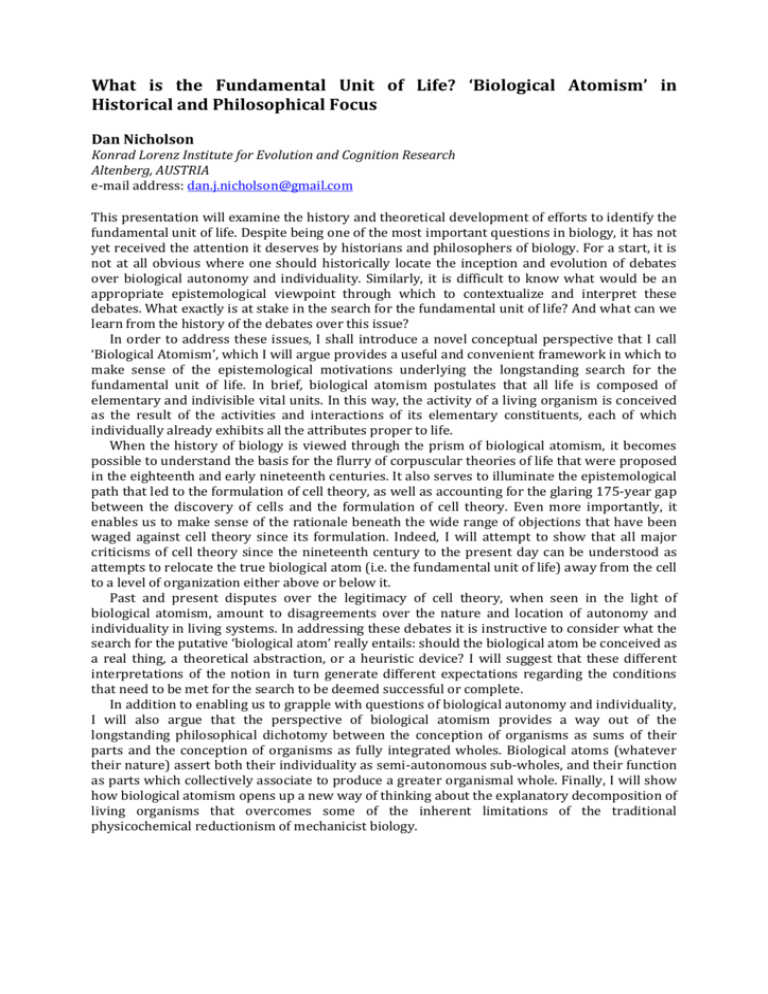
What is the Fundamental Unit of Life? ‘Biological Atomism’ in Historical and Philosophical Focus Dan Nicholson Konrad Lorenz Institute for Evolution and Cognition Research Altenberg, AUSTRIA e-mail address: dan.j.nicholson@gmail.com This presentation will examine the history and theoretical development of efforts to identify the fundamental unit of life. Despite being one of the most important questions in biology, it has not yet received the attention it deserves by historians and philosophers of biology. For a start, it is not at all obvious where one should historically locate the inception and evolution of debates over biological autonomy and individuality. Similarly, it is difficult to know what would be an appropriate epistemological viewpoint through which to contextualize and interpret these debates. What exactly is at stake in the search for the fundamental unit of life? And what can we learn from the history of the debates over this issue? In order to address these issues, I shall introduce a novel conceptual perspective that I call ‘Biological Atomism’, which I will argue provides a useful and convenient framework in which to make sense of the epistemological motivations underlying the longstanding search for the fundamental unit of life. In brief, biological atomism postulates that all life is composed of elementary and indivisible vital units. In this way, the activity of a living organism is conceived as the result of the activities and interactions of its elementary constituents, each of which individually already exhibits all the attributes proper to life. When the history of biology is viewed through the prism of biological atomism, it becomes possible to understand the basis for the flurry of corpuscular theories of life that were proposed in the eighteenth and early nineteenth centuries. It also serves to illuminate the epistemological path that led to the formulation of cell theory, as well as accounting for the glaring 175-year gap between the discovery of cells and the formulation of cell theory. Even more importantly, it enables us to make sense of the rationale beneath the wide range of objections that have been waged against cell theory since its formulation. Indeed, I will attempt to show that all major criticisms of cell theory since the nineteenth century to the present day can be understood as attempts to relocate the true biological atom (i.e. the fundamental unit of life) away from the cell to a level of organization either above or below it. Past and present disputes over the legitimacy of cell theory, when seen in the light of biological atomism, amount to disagreements over the nature and location of autonomy and individuality in living systems. In addressing these debates it is instructive to consider what the search for the putative ‘biological atom’ really entails: should the biological atom be conceived as a real thing, a theoretical abstraction, or a heuristic device? I will suggest that these different interpretations of the notion in turn generate different expectations regarding the conditions that need to be met for the search to be deemed successful or complete. In addition to enabling us to grapple with questions of biological autonomy and individuality, I will also argue that the perspective of biological atomism provides a way out of the longstanding philosophical dichotomy between the conception of organisms as sums of their parts and the conception of organisms as fully integrated wholes. Biological atoms (whatever their nature) assert both their individuality as semi-autonomous sub-wholes, and their function as parts which collectively associate to produce a greater organismal whole. Finally, I will show how biological atomism opens up a new way of thinking about the explanatory decomposition of living organisms that overcomes some of the inherent limitations of the traditional physicochemical reductionism of mechanicist biology.
